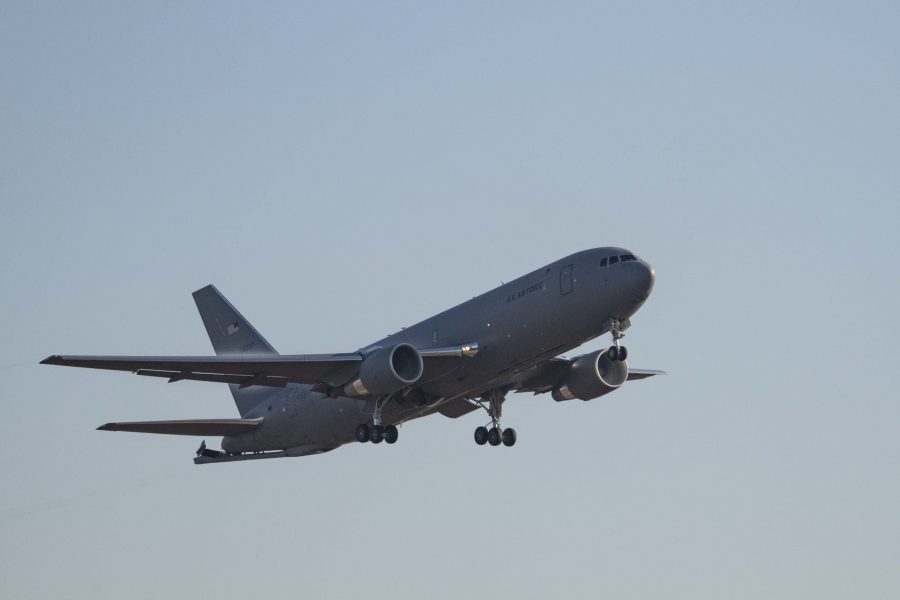The newest Category One deficiency on the KC-46 is the type of flaw that can be expected when a new aircraft is evaluated, and is not expected to impact the timeline, Air Force Chief of Staff Gen. David Goldfein said at an AFA Mitchell Institute event.
The service announced this week that fuel leaks between the primary and secondary fuel protection barriers within the aircraft. The problem was first discovered in July 2019, but was recently upgraded to the most serious classification, meaning it could impact flight safety.
The Air Force in a statement said service officials and Boeing are working on corrective actions, including the ability to identify potential leaks at the factory and make corrective action. The company is on the hook to pay for the fix, and said in a statement that it is implementing assembly and installation improvements to correct the issue.
Goldfein said April 1 that he is not “hearing anything right now that indicates to me that it will cause a delay,” though it is still early, because engineers are working on the issue.
“This is what test looks like,” he said. “We wring the heck out of it because we want to discover in test what we don’t want to discover in operations.”
The Air Force isn’t immediately concerned when deficiencies like this arise, the issue is what the fix will be and “how can we get after that,” he said.
The Air Force and Boeing are still working to correct other deficiencies on the aircraft’s Remote Vision System and the actuator on the boom itself. The RVS, a system of cameras and sensors, has problems with clarity and depth of field that will need to be addressed with hardware fixes. The actuator problem, in which slower-flying aircraft such as the A-10 have problems connecting and disconnecting from the boom, is being fixed with a replacement.
Goldfein said that “nothing right now is unsolvable,” though the service has put a timeline for the RVS fixes of about three to four years. The Air Force and Boeing have a plan to fix it and “we’re making progress,” he said.


